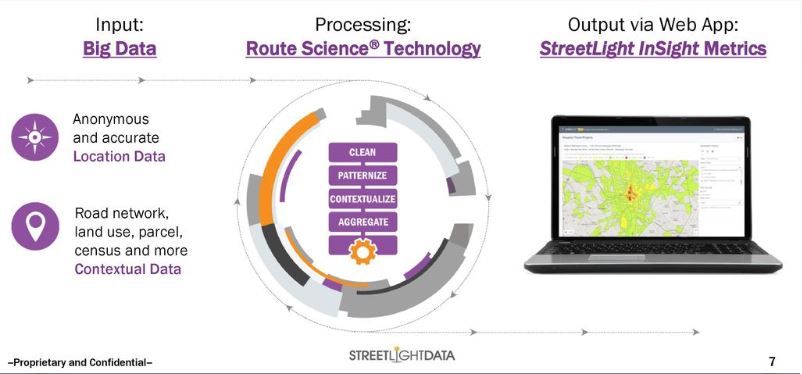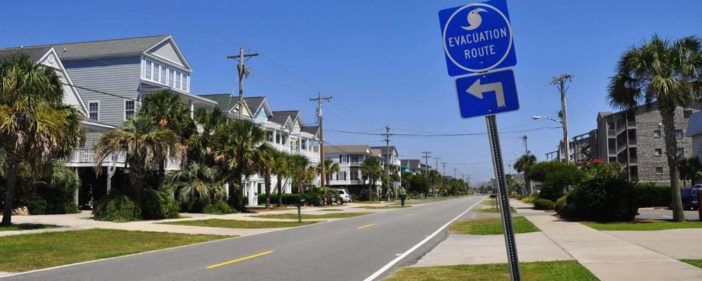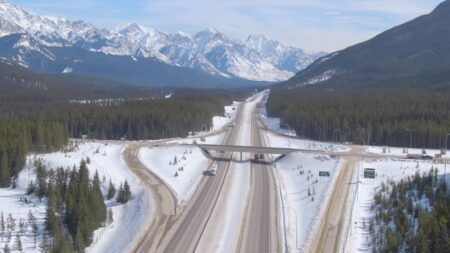One of the leaders in big data analytics for the transportation industry, StreetLight Data Inc. has conducted a new study that reveals the towns across the USA that have the most limited evacuation routes in the event of a natural or man-made emergency.
The USA is now entering peak season for major natural disasters, including wildfires in the west and hurricanes in the east. According to recent statistics from CAL FIRE, since January 1, 2018 there have been 3,572 wildfires that have burned more than 245,850 acres in California alone. In comparison, since recording began in the mid-19th century, Florida has been directly hit by over 117 hurricanes, far more than any other state, according to the National Oceanic and Atmospheric Administration. In an effort to help towns across the country better prepare for the worst, StreetLight Data has unveiled the results of a new nationwide analysis of the 100 communities with the most limited evacuation routes.

Evacuation risk can apply to floods, fires, dam breaks, hurricanes, tornadoes, and other emergencies. Communities and towns with limited evacuation routes can face challenges in getting residents to safety before a disaster hits, as happened in last November’s Camp Fire in Paradise, California. To help identify the communities and towns most affected by constrained evacuation routes, StreetLight analyzed the 30,000 towns in the USA with populations under 40,000. Incorporating its advanced proprietary machine-learning algorithms, the company then ranked the top 100 by ‘evacuation risk’ from a transportation perspective. This risk factor was determined by how many of the location’s daily trips enter and exit the town and via what route(s), adjusted for the number of available exits and overall population.
StreetLight’s evacuation route analysis revealed that the five states with the most evacuation-challenged communities are:
- Florida (20 communities);
- California (14 communities);
- Arizona (8 communities);
- Texas (6 communities);
- Washington (6 communities).
The five communities with the most constrained evacuation routes are:
- Camano, Washington;
- Hilton Head Island, South Carolina;
- Mercer Island, Washington;
- Hutchinson Island South, Florida;
- Sanibel, Florida.

The analysis was conducted in August 2019, based on StreetLight’s proprietary Route Science data processing engine that transforms trillions of location data points from smartphones and GPS navigation devices in cars and trucks into contextualized, aggregated, and normalized travel patterns. The ‘main exit load’ percentage was determined by what proportion of the population’s daily trips take only one main exit, also taking into account how many other potential exits exist. While several exits may exist, a large percentage of vehicles choose only one preferred route. In addition to highways and larger roads, ‘exits’ may also include dirt roads, ferries, and other secondary options.
“As we head into peak season for several types of natural disasters, from fires to hurricanes, there is no better time to review our disaster preparedness across the country,” said Paul Friedman, StreetLight’s chief technical officer and the study’s key analyst. “Transportation infrastructure, and sharing information about transportation options, is one part of the complex requirements of disaster and evacuation preparation. We hope this data can be a useful support to those working in this challenging field.”





